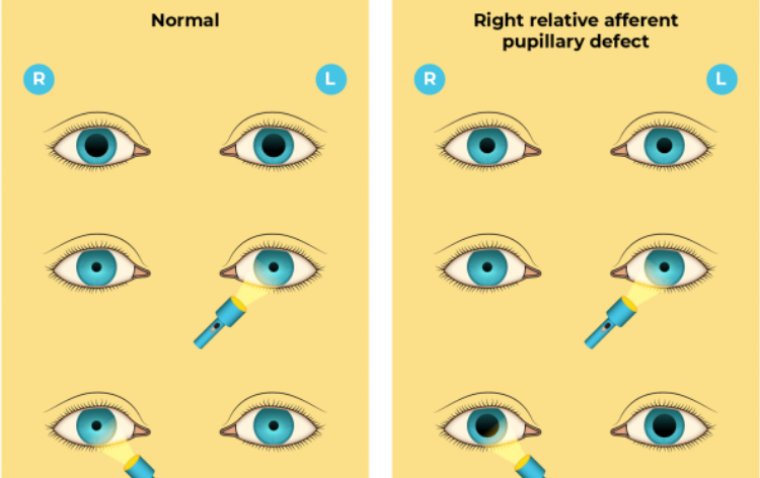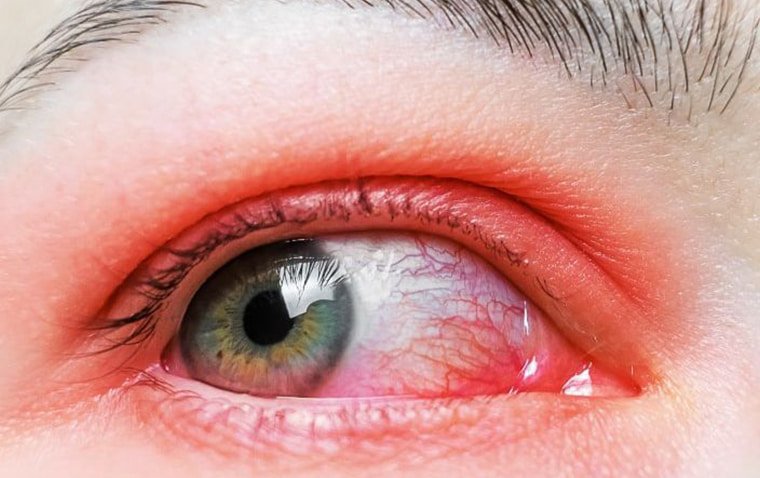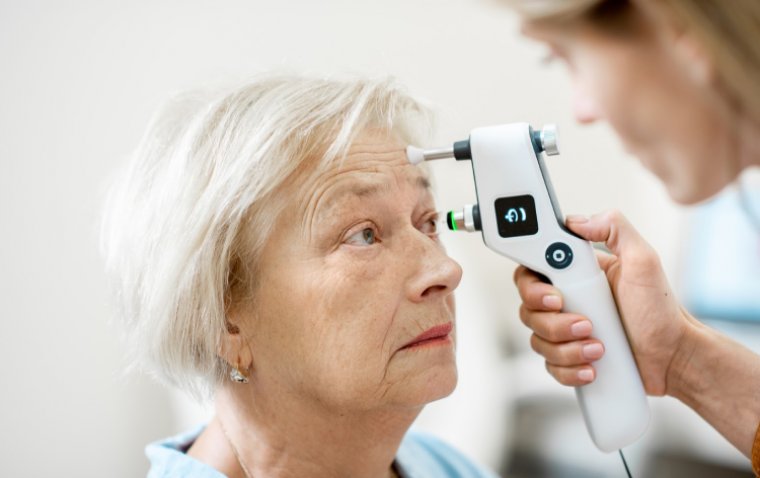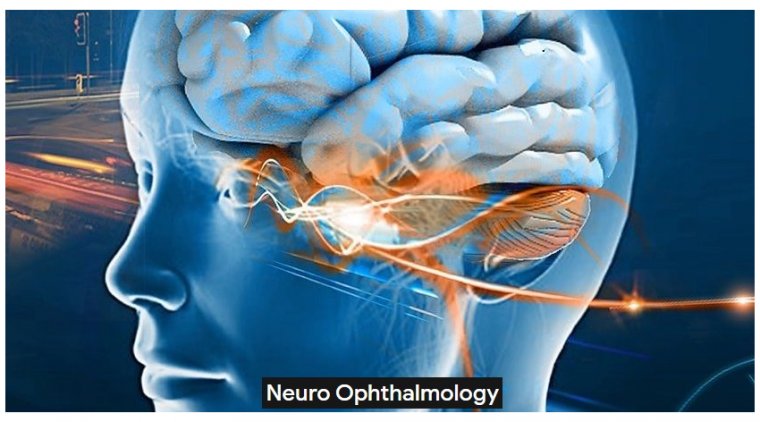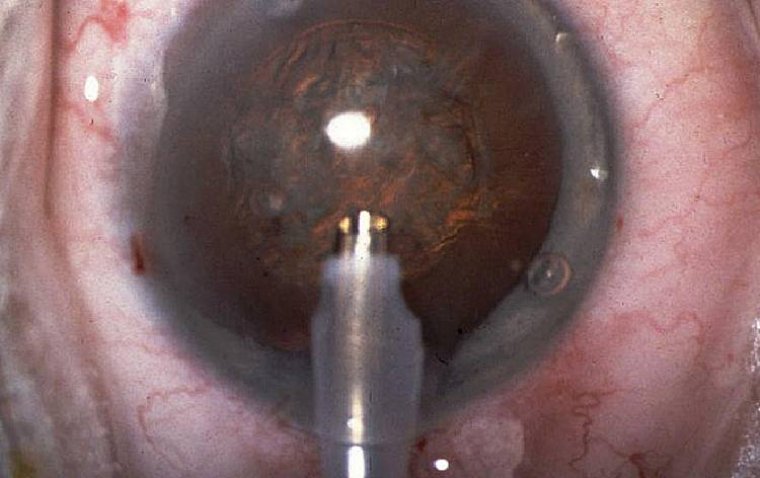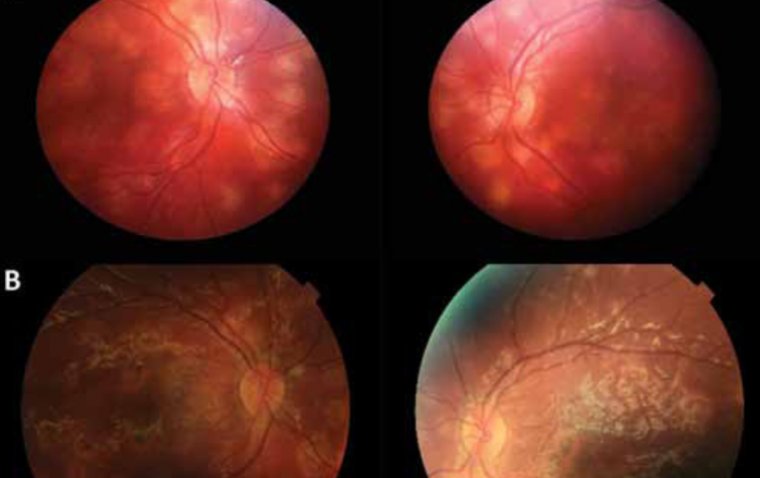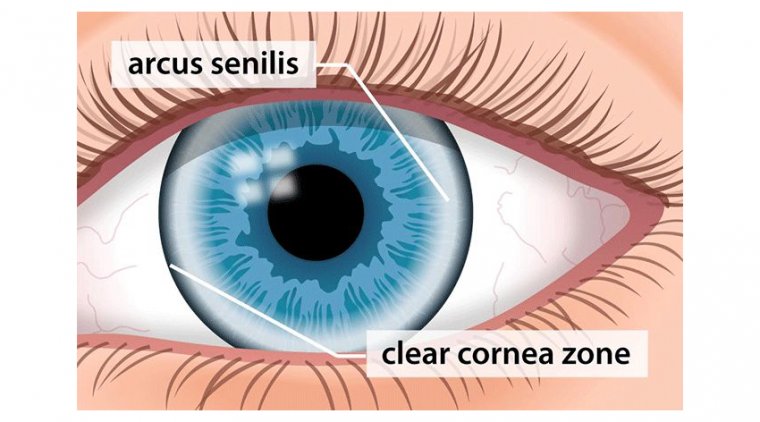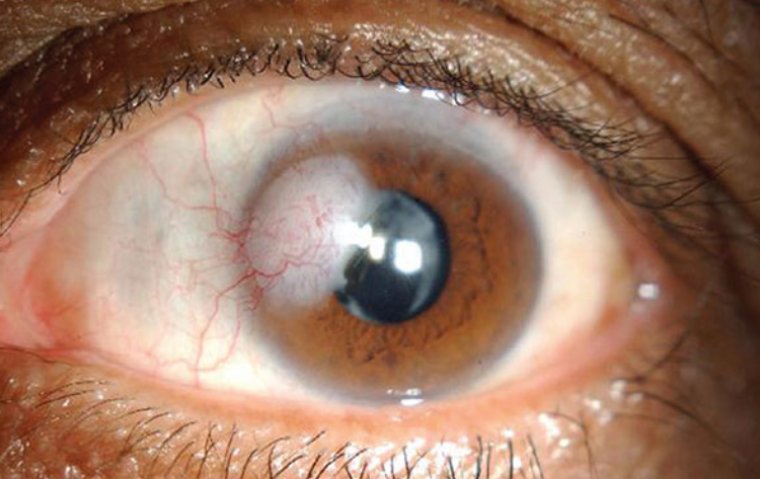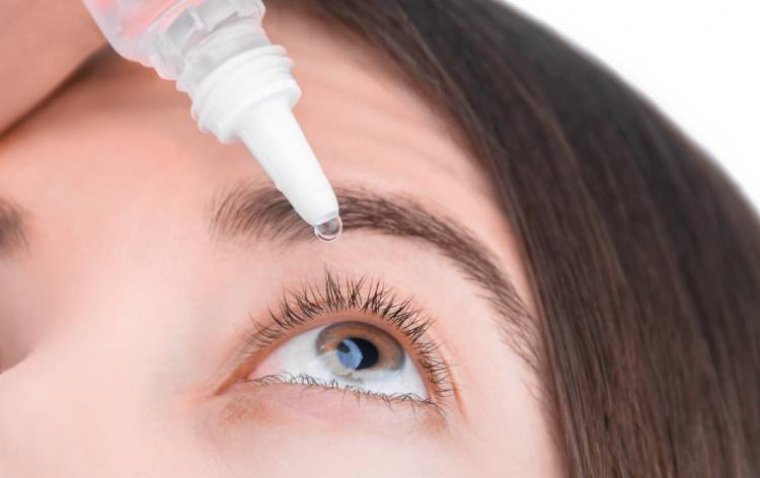
6 Tips on How to Choose the Right Artificial Tears for Dry Eyes
Dry eyes can be an irritating and persistent problem for many individuals, leading to discomfort and potential vision issues if left untreated. Artificial tears are a common and effective solution for relieving dry eye symptoms.
Dry eye is a common condition that occurs when your tears aren't able to provide adequate lubrication for your eyes. This can result from a variety of factors, including decreased tear production or increased tear evaporation. Symptoms of dry eye include a stinging or burning sensation, sensitivity to light, and a feeling of having something in your eyes.
With a wide range of products available, choosing the right artificial tears can be daunting. Here are six essential tips to help you select the best artificial tears for your specific needs.
1. Understand the Types of Artificial Tears
Artificial tears come in different formulations, primarily designed to address various types of dry eye conditions. The main categories include:
● Preservative-Free Drops: Ideal for sensitive eyes or frequent use, as they contain fewer additives that can cause irritation.
● Lubricating Drops: Suitable for mild to moderate dry eyes, providing temporary relief by mimicking natural tears.
● Gel Drops: Thicker than regular drops, offering longer-lasting relief for moderate to severe dry eye symptoms.
● Ointments: Best for severe dry eyes, particularly at night, due to their thick consistency that provides prolonged moisture.
Understanding these categories can help you narrow down your choices based on the severity and frequency of your dry eye symptoms.
Artificial Tears vs Eye Drops
Artificial tears and eye drops are commonly used to alleviate various eye discomforts, but they serve distinct purposes and are formulated differently. Artificial tears are specifically designed to mimic the natural lubrication of the eye, providing moisture and relief for dry eyes, which can be caused by environmental factors, aging, or medical conditions like Sjögren's syndrome. They come in various forms, including preservative-free options for sensitive eyes and gel formulas for long-lasting relief.
On the other hand, eye drops can serve multiple functions beyond lubrication, such as reducing redness, treating infections, or managing allergies. These drops may contain active ingredients like antihistamines, decongestants, or antibiotics, depending on their intended use. While both artificial tears and eye drops can soothe eye irritation, it's crucial to choose the right product based on the specific symptoms and underlying causes of your eye discomfort.
Explore our curated list of the 5 Best Eye Drops for Dry Eyes to find the most effective solutions for your symptoms.
.jpg)
2. Consider Your Specific Dry Eye Condition
Not all dry eye conditions are the same. Some people suffer from occasional dryness, while others experience chronic dry eye syndrome. Additionally, certain conditions like Sjögren’s syndrome, contact lens wear, or post-surgery recovery may require specific types of artificial tears. Consult with an eye care professional to determine the underlying cause of your dry eyes and get recommendations tailored to your condition.
3. Check for Preservatives
Preservatives are commonly added to artificial tears to prevent bacterial growth, but they can cause irritation in some individuals, especially with frequent use. If you use artificial tears more than four times a day or have sensitive eyes, preservative-free options are a safer choice. These single-use vials are convenient and reduce the risk of irritation associated with preservatives.
4. Look for Additional Ingredients
Some artificial tears contain additional ingredients that can provide extra benefits. For example:
● Hyaluronic Acid: Known for its excellent moisture-retention properties, offering prolonged relief.
● Electrolytes: Such as potassium and sodium, which help maintain the natural balance of tears.
● Lipid-Based Formulas: These can help if your dry eyes are due to meibomian gland dysfunction (MGD), which affects the oily layer of your tears.
Reading labels and understanding the ingredients can help you choose a product that offers the most comprehensive relief for your symptoms.
5. Consider Your Lifestyle and Preferences
Your daily routine and personal preferences can influence your choice of artificial tears. For example, if you lead a busy lifestyle and need quick relief throughout the day, you might prefer drops that come in small, portable bottles. On the other hand, if you need long-lasting moisture during sleep, a gel or ointment might be more suitable. Additionally, if you wear contact lenses, look for artificial tears specifically formulated for lens wearers to avoid any potential issues.
6. Consult Your Eye Care Professional
While over-the-counter artificial tears can provide relief, it’s always best to consult with an eye care professional, especially if your symptoms are severe or persistent. An ophthalmologist or optometrist can provide a comprehensive eye exam to determine the cause of your dry eyes and recommend the most appropriate treatment. They can also guide you on how to use artificial tears effectively and monitor your condition to prevent complications.
Summary
Choosing the right artificial tears is crucial for effectively managing dry eye symptoms and maintaining eye health. By understanding the different types of artificial tears, considering your specific condition, checking for preservatives, looking for beneficial ingredients, taking your lifestyle into account, and consulting with an eye care professional, you can find the best product to relieve your dry eyes and improve your quality of life. Regular use of the appropriate artificial tears can provide significant relief, ensuring your eyes stay comfortable and healthy.
(1).jpg)
